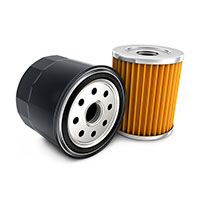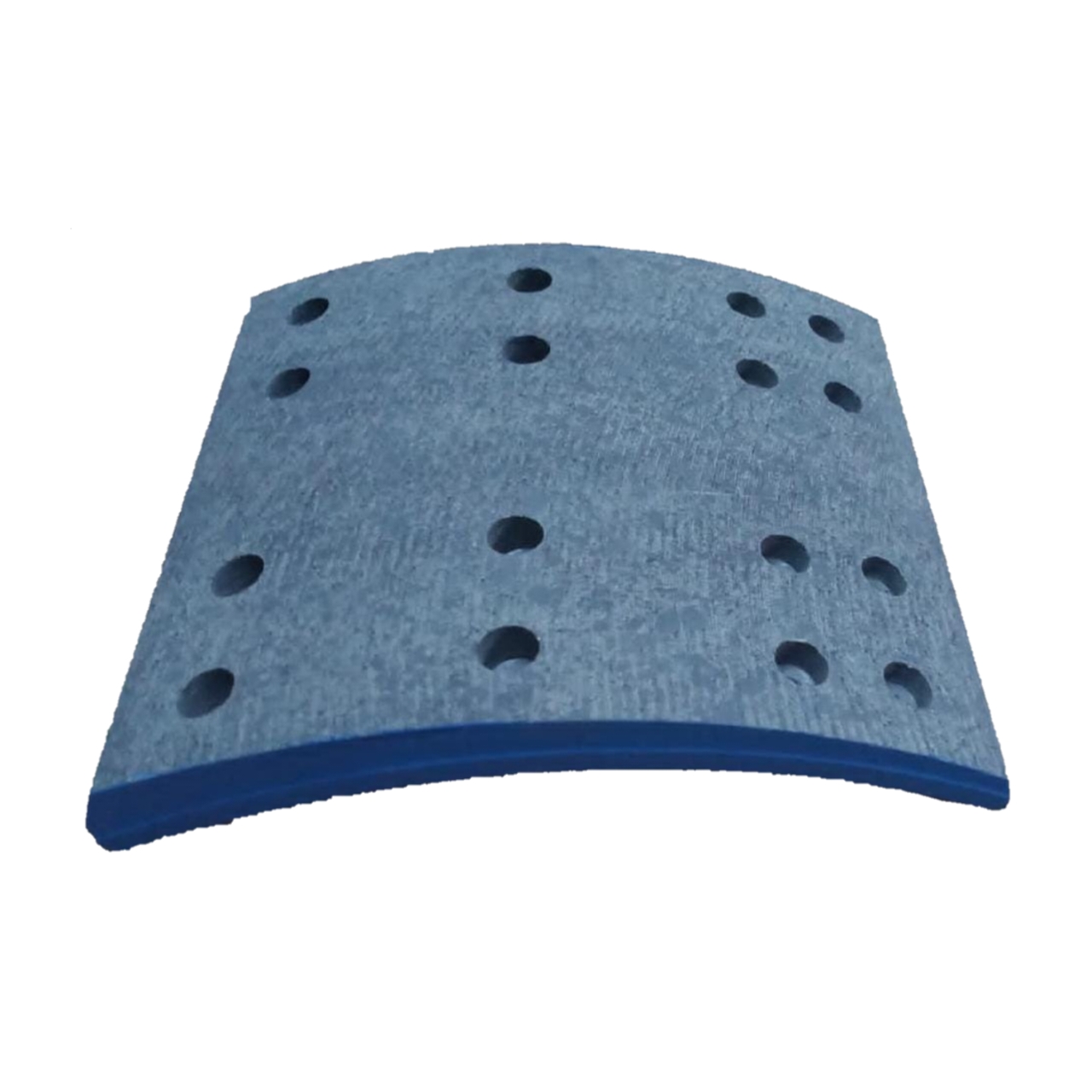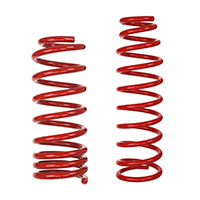Can Dental Bonding Be Removed?
If you do notice any sharp edges on a bonded tooth or if your tooth feels odd when you bite down, call your dentist. Because there is no need to remove any of your natural tooth structure, the bonding material can be removed without any damage to your enamel. This is in contrast to other cosmetic treatments like veneers. Veneers require the removal of a thin layer of enamel, so the process is not reversible. However, it is still strong enough to withstand daily pressure without breaking down.
- In most cases, anesthesia isn’t even necessary during dental bonding.
- A single-tooth bonding procedure usually takes between 30 to 60 minutes from start to finish, but may require several visits to complete if more than one tooth requires work.
- Your bonding’s lifespan will depend largely on how serious you take your oral hygiene.
- The enamel is a hard outer layer on your teeth that helps protect them from tooth decay, so it’s a crucial part of oral health.
Why Choose Us for Composite Bonding in Fife?
After dental bonding, proper oral hygiene is essential to keep your mouth healthy and bright. Brush at least twice a day with a soft toothbrush and fluoride toothpaste, and floss between your teeth once daily. In addition, you should visit your dentist regularly for check-ups and cleanings. There are endless ways to chip a tooth, and luckily, a few options to repair it.
Bonded teeth don’t have the same strength as your natural teeth, and some habits can shorten their lifespan. If you tend to bite down hard, for example, you may break the bonding material off the teeth. Also, if you smoke or drink a lot of dark beverages, such as coffee or red wine, your bonding material will stain more quickly and need replacement sooner.
When should I see my dentist?
Teeth bonding has the best value among cosmetic dental procedure options. Unlike veneers and crowns, which may require a lab, bonding can be done onsite, unless several teeth require attention. Another advantage of bonding, when sized up against veneers and crowns is that it removes the least amount of tooth enamel. It’s one of the least expensive and simplest dental procedures available. It can be done in one visit and doesn’t require customized fitting. This means you don’t need to wear a temporary mold since there’s no custom-made product being manufactured just for you.
A smile is often the first impression you give people, and it can be difficult to smile with confidence if your teeth are chipped or discolored. That’s why we offer a selection of cosmetic procedures to enhance your smile without going over your budget. However, if you have extensive tooth decay, gum disease or other serious issues affecting your oral health, you may need to have other treatments before pursuing dental bonding. Because bonding material can chip, it is important to avoid habits like biting your fingernails, chewing on pens or using your teeth to open packages. If you notice any sharp edges on a bonded tooth or if your tooth feels odd when you bite down, call your dentist.
After smoothing it down, they will use UV waves to cure and harden the resin in only a few seconds. There are several cosmetic dental procedures available, and the advanceddentalartsnyc.com one you choose depends entirely on what works best for your teeth. There are a lot of benefits of dental bonding, which people sometimes overlook in favor of other dental procedures, such as veneers or crowns.
How Much Does Teeth Bonding Cost?
In some cases, bonding is used in place of amalgam or metallic fillings to protect the exposed root of a tooth with receded gums. To know whether dental bonding is the right dental procedure for you, you need to first understand what it is. That resin is then bonded with the tooth using an ultraviolet (UV) light.
Dental bonding refers to the application of a tooth-colored material called composite resin to the visible surfaces of teeth. It is applied to fix minor teeth imperfections, including but not limited to, chips, cracks, teeth stains, gaps between teeth and teeth that are too short. The application process is non-invasive, and the dentist can complete the procedure in a single dental visit. Dental bonding is often a great option for patients who want a reliable long-term solution that is more affordable and less invasive than dental veneers. Your dentist can recommend you bonding treatment for multiple cosmetic functions.







